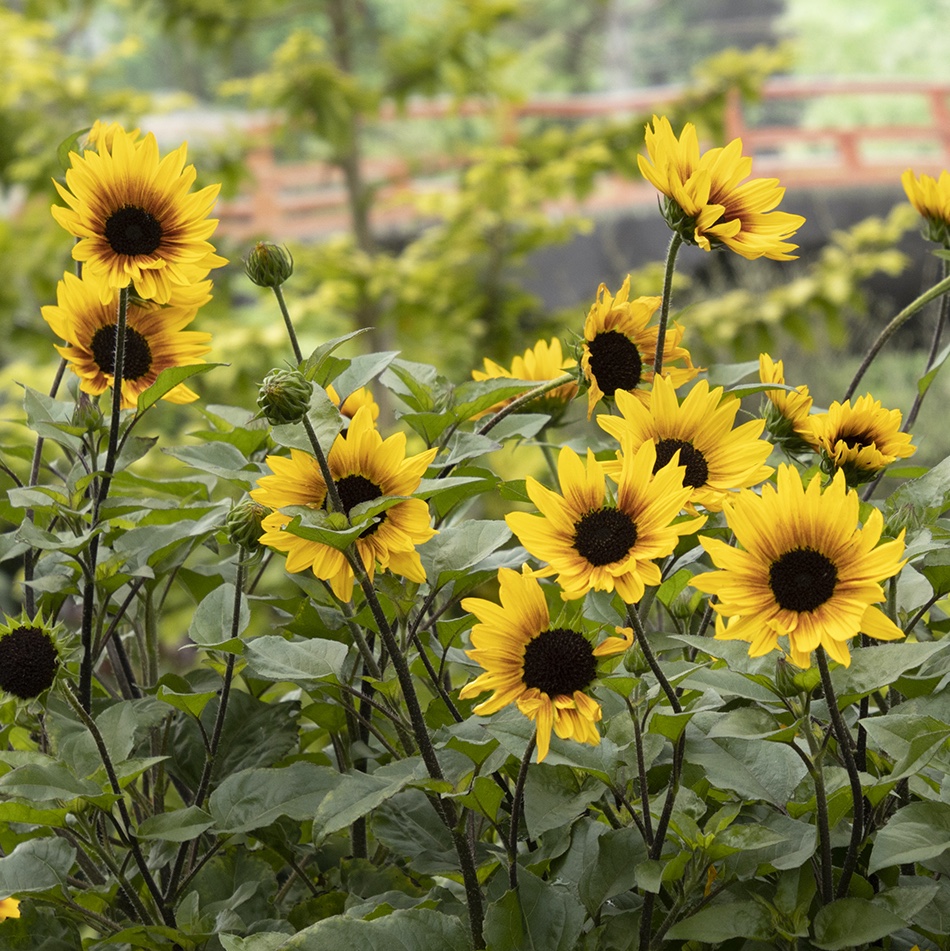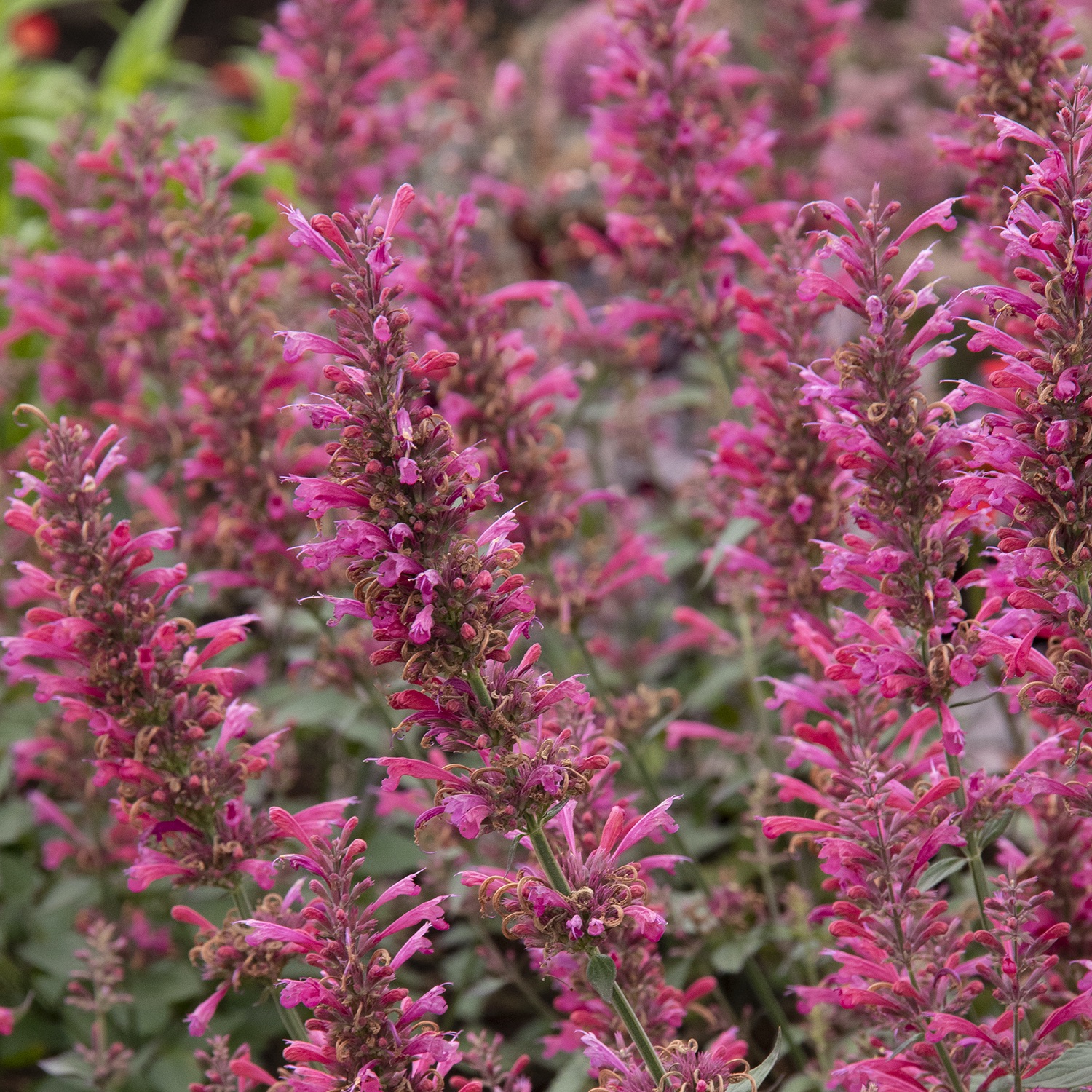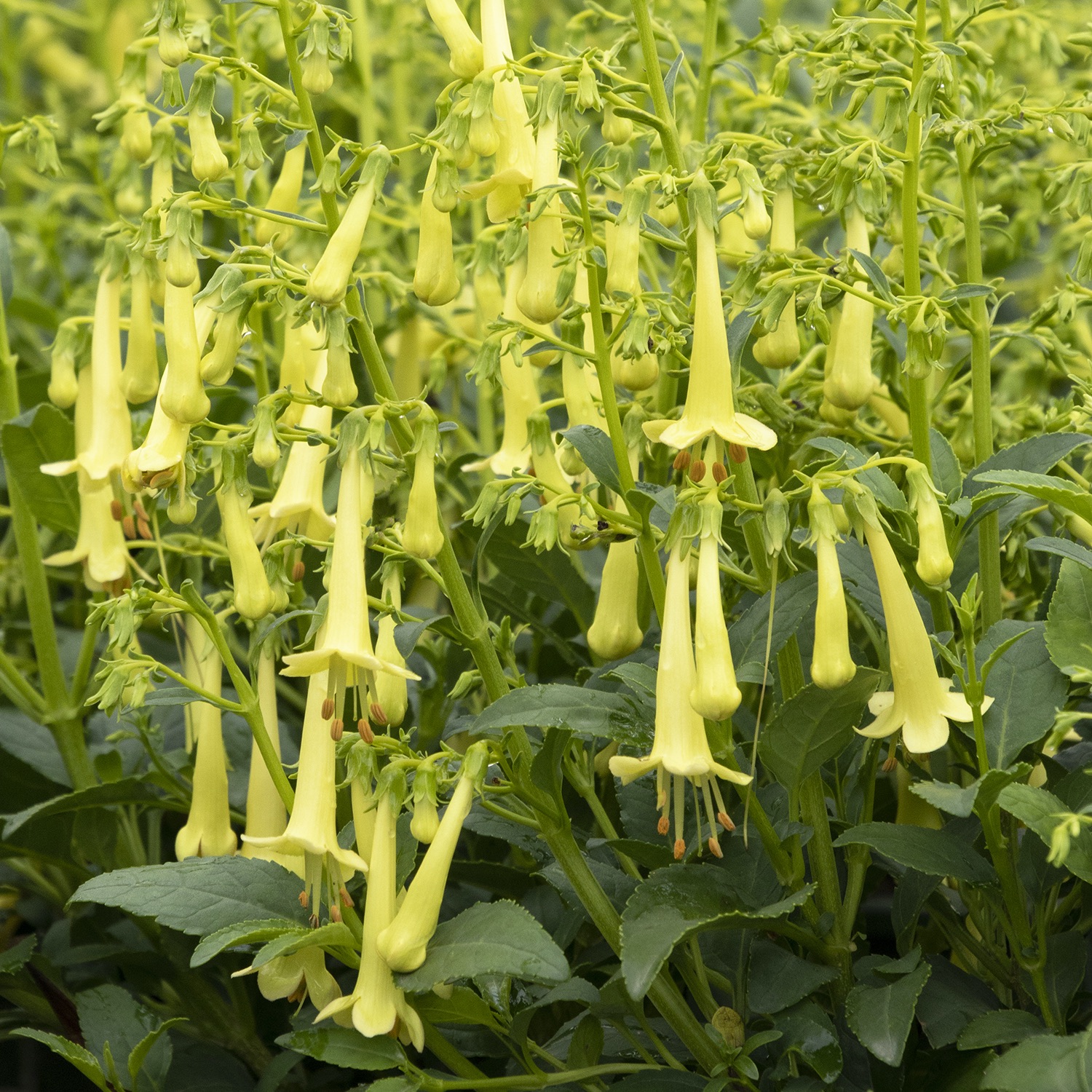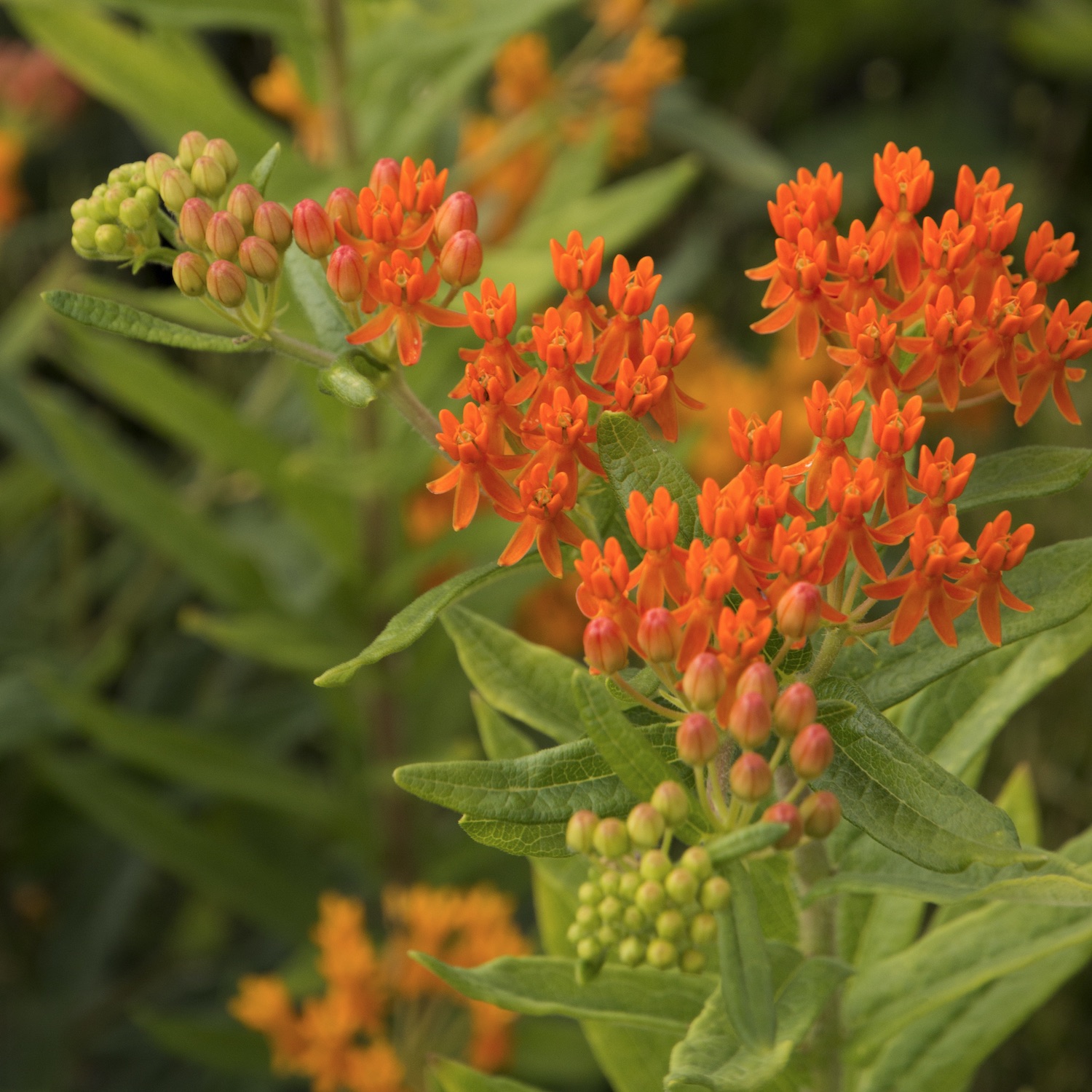Whether it’s a verdant meadow of native grasses and flowers, a lush border with swaths of colorful blooms, or a few containers crowded with bee- and butterfly-friendly blossoms, a pollinator garden is not only stunning, but an impactful way to support a healthy ecosystem.
WHAT ARE POLLINATORS?
“Pollinators are insects, birds, and even bats–species that go to flowers, take pollen and nectar, and transfer it to other plants in your garden to help with pollination,” says Georgia Clay, new plants manager at Monrovia. Pollinators include birds, bees, butterflies, moths, flies, beetles, bats, and some other mammals, according to the National Resources Conservation Service (NRCS).
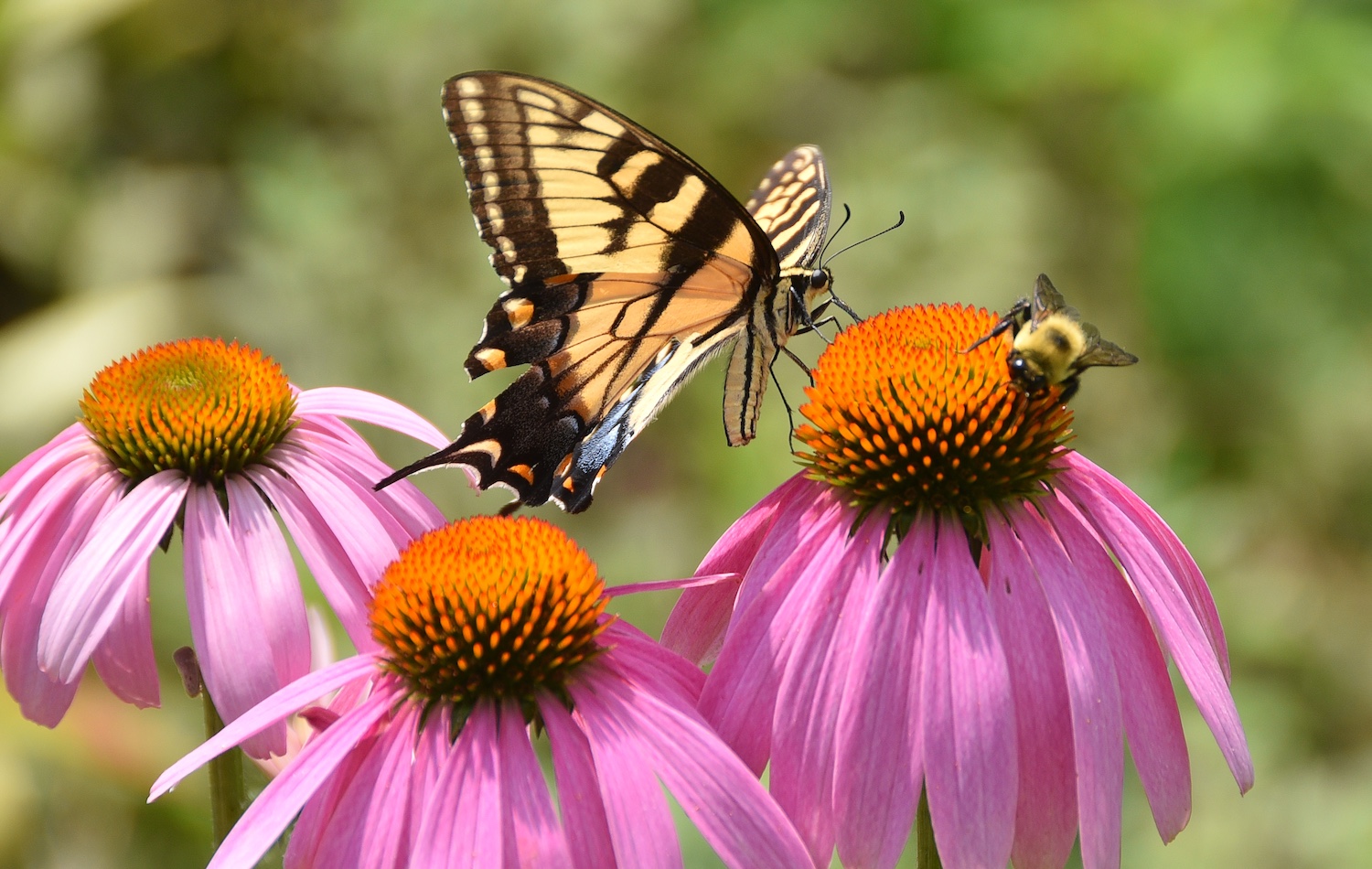
WHY ARE POLLINATORS IMPORTANT?
“Pollinators are responsible for pollinating almost all of our flowering plants and keeping much of the world’s food supply going. They really are the base of our ecosystem,” Georgia says. “They are a vital piece of creating and maintaining habitats and ecosystems that many animals, fish, and birds rely on for food and shelter.”
“Some scientists estimate that one out of every three bites of food we eat exists because of animal pollinators like bees, butterflies and moths, birds and bats, and beetles and other insects,” according to the NRCS.
As wild spaces are encroached upon by human development, it’s even more vital for home gardeners to populate outdoor spaces with pollinator-friendly plants. And the good news is that even a little bit can go a long way.
“If you think about your space and you zoom out just a little bit to your neighborhood and your city, you really start to see how you’re a piece of the ecosystem puzzle,” Georgia says. “It’s all interconnected, and no matter how isolated you may feel in your space, it can make a big difference if pollinators are able to find some nectar and water sources as they’re buzzing around the city.”
WHAT MAKES A PLANT POLLINATOR FRIENDLY?
“Plants that produce pollen and nectar are obviously going to be the most attractive to pollinators,” Georgia says. “And each pollinator has its own way of collecting nectar and pollen–the hummingbird has a long skinny beak so will love tubular flowers, smaller bees like sweat bees can get in really tiny flowers–so having a diversity of flower types in your garden is going to be really awesome for pollinators.”
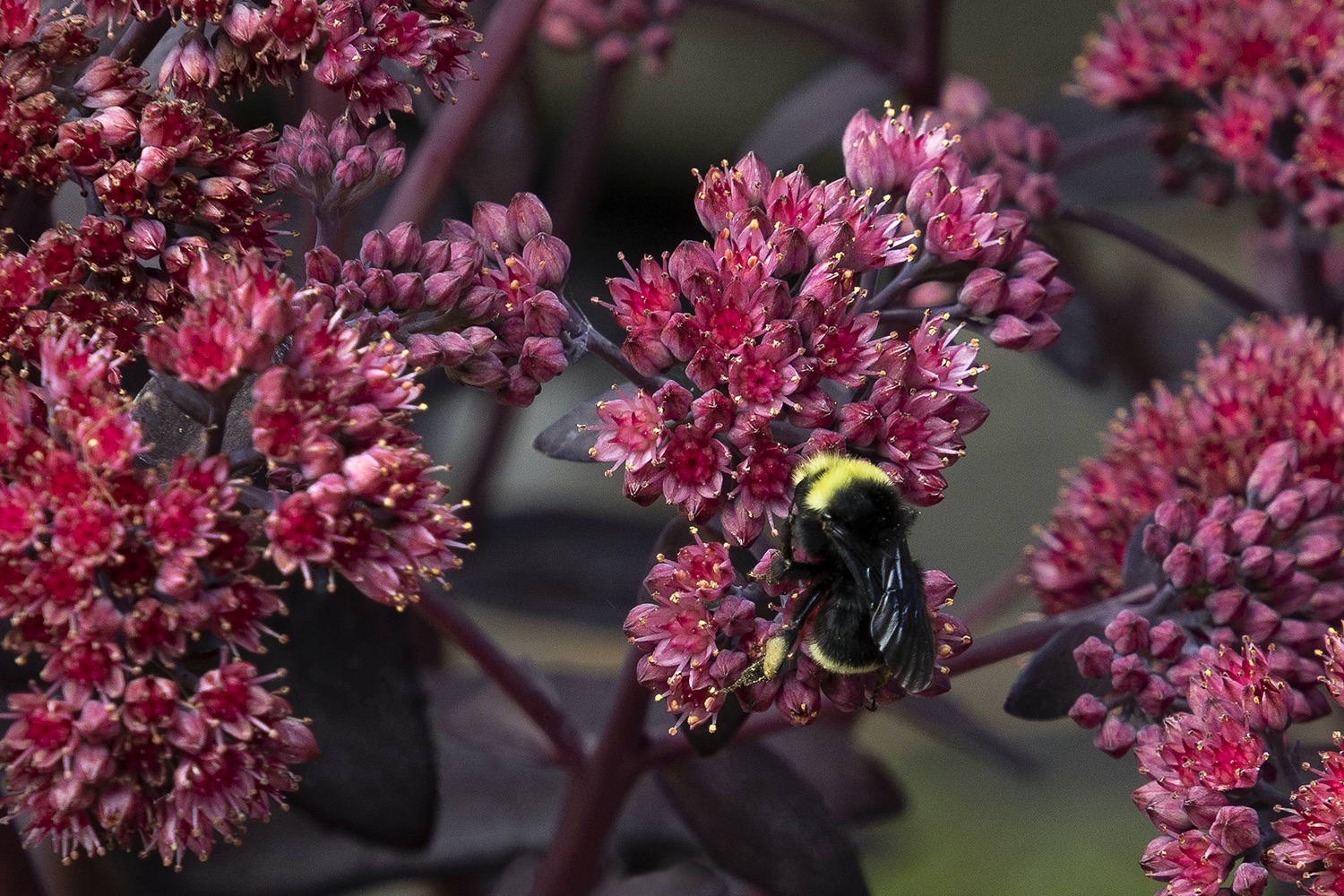
Bumble bee enjoying Evolution™ Chocolate Fountain Sedum. Photo by Doreen Wynja for Monrovia
HOW TO GROW A BEAUTIFUL POLLINATOR GARDEN AT HOME
“The number one most important thing when planning a pollinator garden is plant diversity,” Georgia says. “The more diverse your plantings are, the more diverse species of insects are going to be coming to your garden.” And while more is merrier, Georgia emphasizes that growing what you can in terms of the space you have available is great too.
Picking a variety of plants also means you’ll have blooms springing forth at different times of year, which will help pollinators thrive throughout the seasons—and keep your garden colorful for months on end. To help you choose a pollinator plant–or 10!–for your garden, Georgia is revealing her top 10 favorites at the end of this article.
You can find a vast array of pollinator options through Monrovia’s Plant Finder tool by utilizing the impressive array of filters. Georgia recommends “Attracts Hummingbirds” or “Attracts Butterflies” in the Special Features category; “Cutting Garden” or “Wildlife Garden” in the Landscape Use category; and “Long Bloom season” or “Showy Flowers” in the Flower Attribute category.

Honeybees feeding on Aromatico™ Blue Imp. Lavender. Photo by Doreen Wynja for Monrovia
Another great way to find plants for your pollinator garden is by “going to your garden center, even once a month, to look at what’s in bloom and what looks good,” Georgia says. “It’s a really good way of shopping by eye if you’re not super familiar with plants or you’re more visual.”
As you’re choosing your plants, consider the planting area you have available when it comes to sun, shade, access to water, and your hardiness zone. Then choose plants that will thrive in your environment.
HABITAT AND HOST PLANTS
While colorful blooms are a beautiful benefit of planting a pollinator garden, it’s not all about pollen and nectar. “Flowers obviously are a big piece of the pollinator puzzle, but it’s also about habitat,” Georgia says. Pollinators may feed on flowers–and leaves during their larval stage–but they also need safe places to nest and overwinter.
“Most bees and wasps create small nests beneath the soil or within dead plant stems or cavities in wood,” according to the Xerces Society, a nonprofit that works to protect invertebrates and their habitats. Butterflies, moths, fireflies, and more shelter in leaf and brush piles. So consider keeping the ground free from weed-preventing landscape fabric, leaving flower stalks and seed heads intact over winter until early spring, and keeping some dead wood, leaves, and brush available for insect habitat. The Xerces Society has a detailed guide to creating pollinator habitats with tips on keeping your yard well kept in the process.
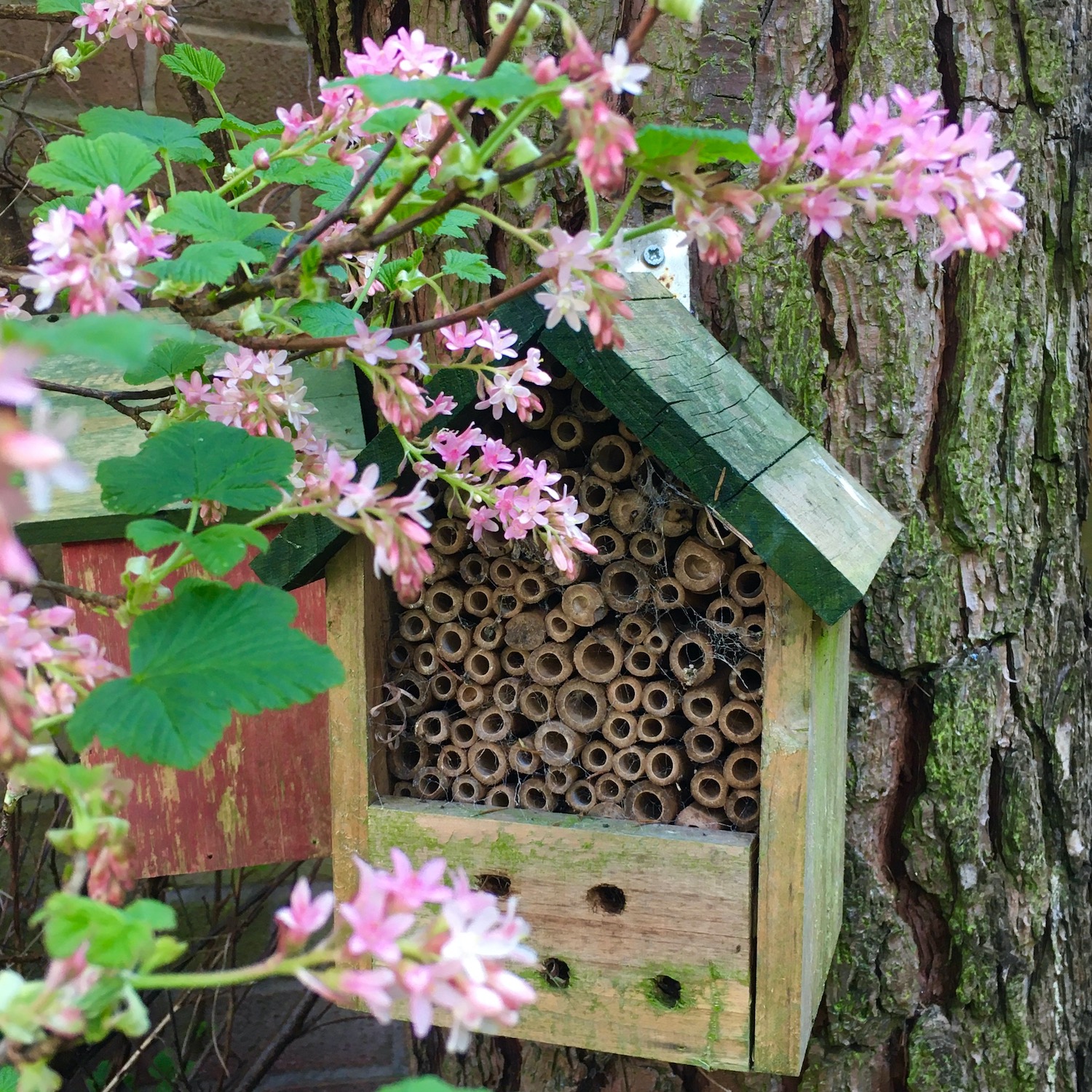
Insect hotels provide shelter and nesting spots for pollinators in the garden.
Other important habitat considerations to keep in mind are:
- Provide a water source, whether a bird bath or a small bowl of water with rocks in it for insects to perch.
- When it comes to host plants (see below), those leaves are going to get eaten by larvae, so consider placing them in less visible areas.
- Don’t use pesticides.
Some pollinators require specific host plants to help sustain them during different life stages. You’ve likely heard that milkweed is the only host plant for monarch butterflies (they lay their eggs on the plant, and caterpillars feed on the leaves), but there are many options for other pollinators that are excellent to include in your garden plan. If you’re interested in determining which species of milkweed is right for your area, Monarch Watch has a helpful map. Other host plant options include black-eyed Susan, aster, passionflower, hollyhock, coneflower, sunflower, violet, willow, viburnum, and dill.
YOU CAN PLANT A POLLINATOR GARDEN!
If picking a diversity of plants is Georgia’s number one rule, her second might be to have fun with your pollinator garden. “Remember that it doesn’t need to be perfect,” she says. It’s OK to “let it be a little wild. But you also don’t have to choose between having a pollinator garden or having a beautiful garden.”
And size doesn’t matter. “If you can plant a robust, awesome, super diverse pollinator garden, do it by all means,” Georgia says. “But don’t be discouraged if you can only do a couple of containers. You can really think about how your small container does play a role in that larger ecosystem.”
VIPS (VERY IMPORTANT PLANTS FOR POLLINATORS)
Georgia Clay, Monrovia’s new plants manager, shares her top 11 picks for a pollinator patch that’s full of color, texture, and sustenance for beneficial insects. Click any of the images to learn more about the plant at Monrovia.
Lil’ Miss Sunshine™ Bluebeard: An abundance of blue, late-summer flowers and shiny yellow foliage make Lil’ Miss Sunshine Bluebeard great for pollinators looking for end-of-season nourishment.
Desert Eve™ Deep Rose Yarrow: Yarrow is excellent at attracting beneficial insects like lacewings, hoverflies, and ladybugs, and is carefree and easy to grow. Large clusters of flowers make great landing pads for bees and butterflies.
Crown of Rays Goldenrod: This late-summer bloomer is a wonderful source of nectar for monarch butterflies as they migrate to Mexico in the fall. The vibrant flowers add sunny color, and they are very tolerant of urban pollution.
By Susan Hall Mahon
This article is sponsored by Monrovia.

